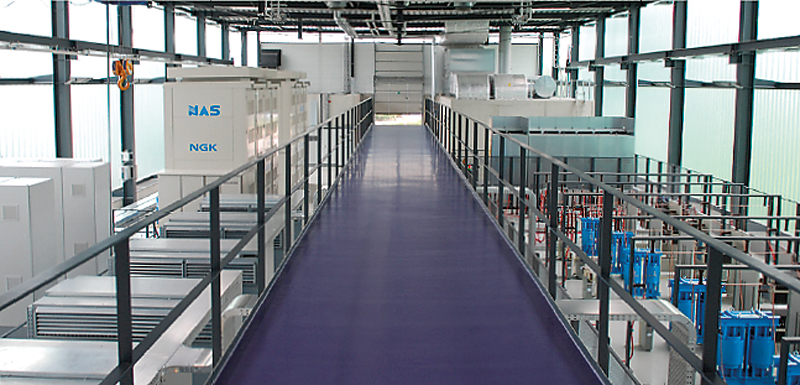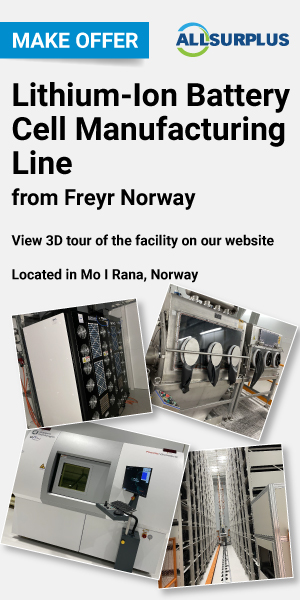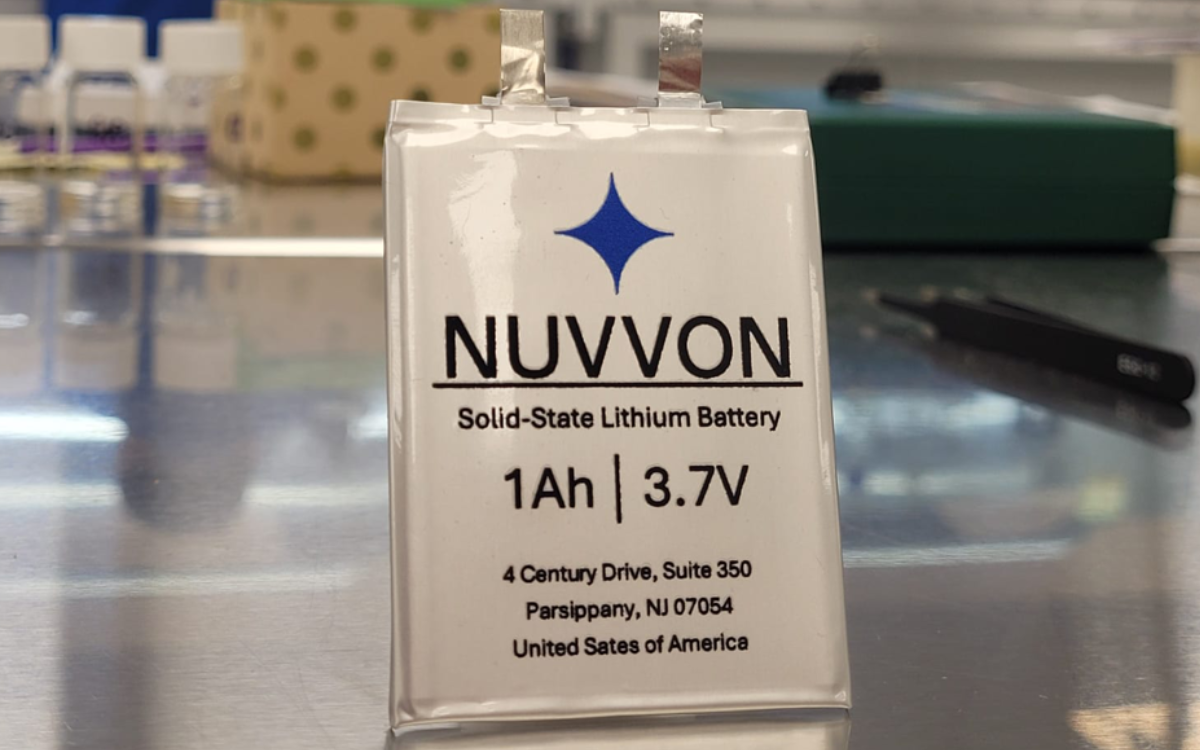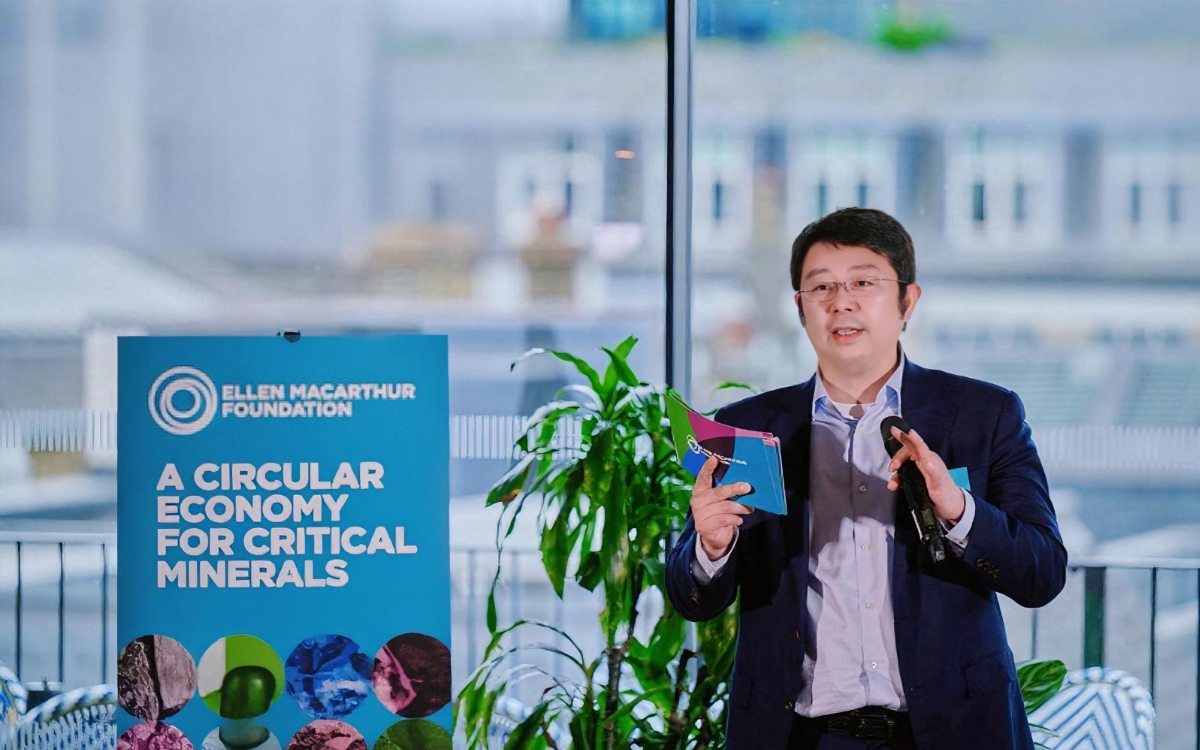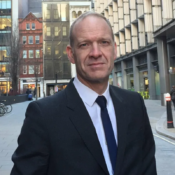Germany draws more than 20% of its electric power from renewable energy sources: it is dedicated to developing renewables and is now slowly waking up to energy storage to integrate renewables with the electrical grid. Assistant Editor Ruth Williams talks to Younicos about building the first 5MW battery park in northern Germany and asks "is it cost effective?"
Germany is undergoing "Energiewende",— a transition away from fossil fuels to renewable energy for a more sustainable future. It has the highest density of wind power capacity in Europe, with more than 23 000 wind turbines as well as . . .
to continue reading this article...
Sign up to any Premium subscription to continue reading
To read this article, and get access to all the Premium content on bestmag.co.uk, sign up for a Premium subscription.
view subscription optionsAlready Subscribed? Log In

